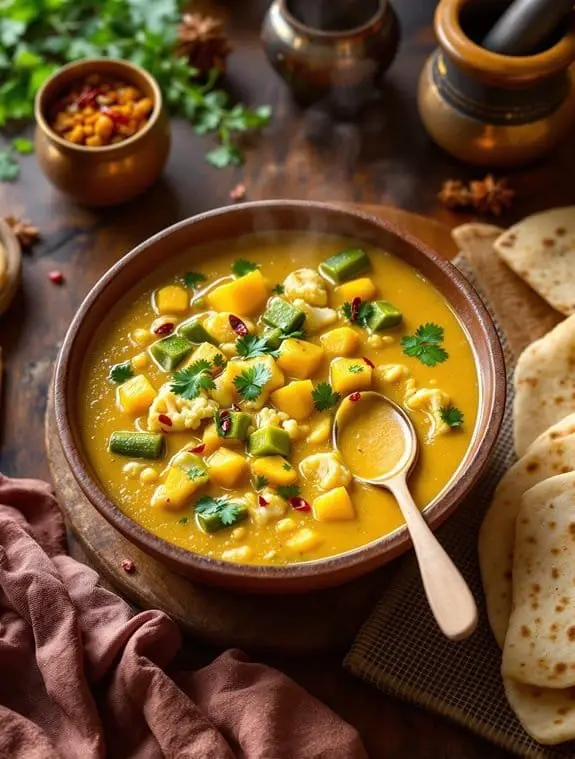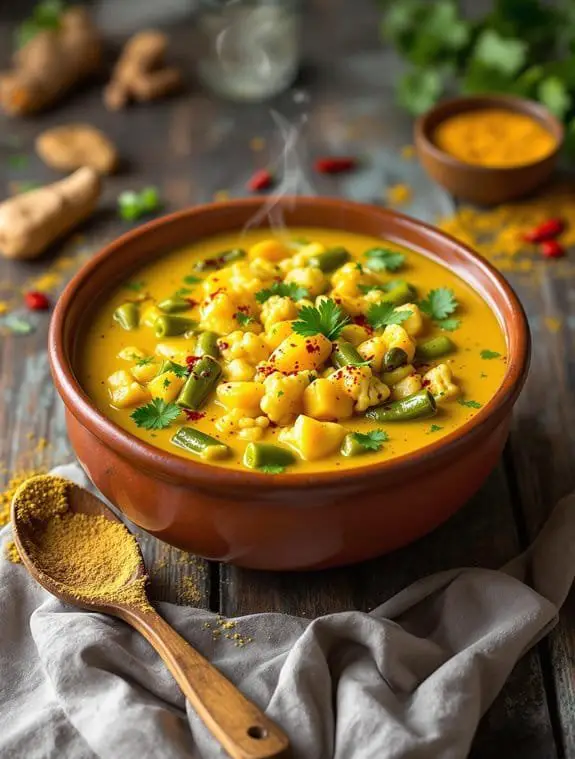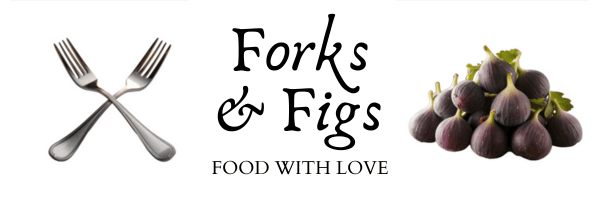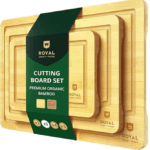Authentic Sindhi Kadhi Recipe: A Comforting Curry Classic

When I think about comfort food that actually makes sense, Sindhi kadhi tops my list every single time. This isn’t your typical curry that promises the world but delivers bland disappointment. Instead, it’s this incredibly satisfying, tangy-meets-creamy situation that somehow manages to pack serious flavor while using ingredients you probably already have lurking in your pantry. Trust me, once you understand the simple technique behind this velvety gram flour base, you’ll wonder why you ever stressed about weeknight dinners.
Why You’ll Love this Authentic Sindhi Kadhi
When you’re craving comfort food that actually delivers on flavor, this Sindhi kadhi will become your new obsession.
I promise you’ll find yourself making it weekly once you taste that perfect balance of tangy tamarind and warming spices.
What makes this version special?
It’s loaded with vegetables that actually matter, not just sad afterthoughts floating around. The gram flour creates this silky, rich base that coats everything beautifully.
Plus, you can customize the vegetable mix based on what’s lurking in your fridge, which honestly feels like winning at adulting.
What Ingredients are in Authentic Sindhi Kadhi?
Getting your hands on the right ingredients for Sindhi kadhi is honestly half the fun of making this dish. Most of what you need is probably already hanging out in your pantry, which feels like a small miracle when you’re trying to cook something authentic without making three trips to the store.
The beauty of this recipe lies in its flexibility with vegetables. While there are some traditional choices that really make the dish shine, you can absolutely work with what you’ve got on hand. Think of it as your refrigerator clean-out superhero meal.
Essential Ingredients:
- 4 tablespoons oil or ghee
- 4 tablespoons gram flour (besan)
- 1 teaspoon cumin seeds
- ½ teaspoon mustard seeds
- ¼ teaspoon fenugreek seeds
- 7-8 curry leaves
- 2-3 green chillies, slit lengthwise
- 1-2 inch piece fresh ginger, grated
- 2 tomatoes, grated or finely chopped
- ½ teaspoon turmeric powder
- 1 teaspoon red chili powder
- 1 tablespoon tamarind paste
- Salt to taste
- Mixed vegetables: cluster beans, potatoes (cubed), lady fingers (okra), drumsticks, cauliflower
- Water as needed
- Fresh coriander for garnish
Ingredient Notes and Substitutions
The gram flour, or besan, is really non-negotiable here since it creates that signature silky texture that makes kadhi what it is. You’ll find it at most grocery stores now, usually in the international aisle, or any Indian market will have you covered.
For the vegetables, cluster beans and drumsticks are traditional but can be tricky to find. Don’t stress about it though. Green beans work perfectly as a substitute for cluster beans, and you can skip the drumsticks entirely or use extra okra and cauliflower.
Potatoes are your reliable friend here, adding substance and soaking up all those gorgeous flavors.
Tamarind paste gives that essential tangy punch, but if you only have tamarind concentrate, use about half the amount since it’s more potent.
Fresh curry leaves make a real difference in flavor, but dried ones will work in a pinch, just use fewer since they’re more concentrated.
How to Make this Authentic Sindhi Kadhi

Making Sindhi kadhi is one of those cooking adventures where the smells alone will have your neighbors wondering what magical things are happening in your kitchen. The process might look a little involved at first glance, but honestly, it’s just a series of simple steps that build on each other.
Getting Your Base Ready
Start by heating 4 tablespoons of oil or ghee in a heavy-bottomed pot over medium heat. This is where the magic begins, so don’t rush it.
Once the oil is warm, add 1 teaspoon cumin seeds, ½ teaspoon mustard seeds, and ¼ teaspoon fenugreek seeds along with 7-8 curry leaves. Listen for that satisfying crackle and pop, it’s like the opening act of a really good concert.
The Gram Flour Game
Here comes the part that requires a little attention, but trust me, it’s worth it. Turn the heat down to low and slowly add 4 tablespoons of gram flour to your crackling spices.
This is where patience becomes your best friend because you want to roast that flour until it turns golden and smells absolutely incredible. Stir constantly so it doesn’t burn, because burnt besan tastes about as appealing as cardboard.
Building the Flavor
Once your gram flour is perfectly golden, add 1-2 inches of grated ginger and 2-3 slit green chillies. Give them a quick sauté for maybe 30 seconds.
You’re not cooking them to death here, just waking up their flavors. Now comes the spice party: mix in ½ teaspoon turmeric powder, 1 teaspoon red chili powder, and salt to taste.
The Liquid Magic
Slowly start adding water while stirring constantly. This prevents lumps, which nobody wants floating around in their kadhi.
Add enough water to create a soup-like consistency, then bring the whole thing to a boil. It’s kind of like making a really flavorful, spiced gravy base.
Vegetables Join the Party
Add your 2 grated or chopped tomatoes first, letting them cook down for a few minutes.
Then toss in your mixed vegetables, whether you’re going traditional with cluster beans, cubed potatoes, lady fingers, drumsticks, and cauliflower, or improvising with what’s in your fridge.
The vegetables need time to get tender, so you can either pressure cook for 2 whistles or let everything simmer for 20-30 minutes.
The Final Touch
When your vegetables are fork-tender and happy, stir in 1 tablespoon of tamarind paste.
This adds that signature tang that makes kadhi so addictive. Let everything simmer together for another 5 minutes so the flavors can get properly acquainted.
Taste and adjust your salt and spice levels because every palate is different.
Garnish with fresh coriander and you’re done. The whole house should smell like pure comfort food heaven by now.
Authentic Sindhi Kadhi Substitutions and Variations
Now that you’ve got the basic technique down, let’s talk about how flexible this dish really is.
I always swap vegetables based on what’s lurking in my fridge. No cluster beans? Toss in green beans or peas. Missing drumsticks? Skip them entirely, nobody’s judging.
You can make this completely vegan by using oil instead of ghee. For a milder version, reduce the chili powder and green chilies. Some folks add jaggery for sweetness, which balances the tanginess beautifully.
Can’t find tamarind paste? Lemon juice works in a pinch, though it won’t be quite the same.
What to Serve with Authentic Sindhi Kadhi
Every single time I make Sindhi kadhi, I face the same delicious dilemma: what should I serve alongside this tangy, veggie-packed masterpiece?
I always reach for steamed basmati rice first. It’s the classic pairing that soaks up every drop of that gram flour-thickened goodness. Plain rice, nothing fancy.
Roti works beautifully too, especially when you want something to scoop with. I love tearing off pieces and using them like edible spoons.
For extra comfort, I’ll add some crispy papadums on the side. That crunch against the kadhi’s smoothness? Pure magic.
Simple sides let this curry shine brightest.
Final Thoughts
There’s something deeply satisfying about mastering a recipe that connects you to centuries of tradition, and Sindhi kadhi does exactly that.
This isn’t just another curry recipe, it’s your gateway to understanding authentic regional flavors.
I genuinely believe this dish will become your new comfort food obsession.
The tangy-spicy balance, those perfectly tender vegetables, and that golden gram flour base create pure magic in your kitchen.
Don’t worry if your first attempt isn’t perfect.
Even my imaginary grandmother probably had a few disasters before nailing it.
The beauty lies in the process, the aromas, and eventually, that first perfect spoonful.

Authentic Sindhi Kadhi
Ingredients
- 4 tbsp oil/ghee
- 4 tbsp gram flour besan
- 1 tsp cumin seeds
- ½ tsp mustard seeds
- ¼ tsp fenugreek seeds
- 7-8 curry leaves
- 2-3 green chillies slit
- 1-2 inch ginger grated
- 2 tomatoes grated or chopped
- ½ tsp turmeric powder
- 1 tsp red chili powder
- 1 tbsp tamarind paste
- Salt to taste
- Mixed vegetables: cluster beans potatoes (cubed), lady fingers, drumsticks, cauliflower
- Water as needed
- Fresh coriander for garnish
Instructions
- Heat oil in a pot; add cumin, mustard, fenugreek seeds, and curry leaves until they crackle.
- Lower heat, add gram flour; roast till golden and fragrant.
- Add ginger, green chillies; sauté briefly.
- Mix in turmeric, red chili powder, salt, and water; bring to boil.
- Add tomatoes, then vegetables; cook until tender (pressure cook 2 whistles or simmer 20-30 mins).
- Stir in tamarind paste; simmer 5 mins.
- Garnish with fresh coriander and serve hot.
Notes
Nutrition
Frequently Asked Questions
Can Sindhi Kadhi Be Made Without Gram Flour for Gluten-Free Diets?
I can’t recommend making Sindhi kadhi without gram flour since it’s the essential thickening agent that creates the curry’s signature texture and flavor. You’d need a gluten-free flour substitute instead.
How Long Can Leftover Sindhi Kadhi Be Stored in the Refrigerator?
I’d store leftover Sindhi kadhi in your refrigerator for up to three days maximum. I’ll keep it in an airtight container and reheat thoroughly before serving to maintain its fresh taste and safety.
What Is the Difference Between Sindhi Kadhi and Gujarati Kadhi?
I’ll explain the key differences between these two kadhi styles. Sindhi kadhi includes mixed vegetables like drumsticks and cluster beans, while Gujarati kadhi is typically sweeter and contains fewer vegetables.
Can Frozen Vegetables Be Used Instead of Fresh Ones in Sindhi Kadhi?
I’d recommend using fresh vegetables for authentic Sindhi kadhi since they hold their texture better during the long cooking process. However, you can substitute frozen vegetables – just add them later to prevent overcooking.
Is It Possible to Make Sindhi Kadhi in an Instant Pot?
Yes, I can definitely make Sindhi kadhi in an Instant Pot! I’ll sauté the spices and gram flour using sauté mode, then pressure cook everything together for faster, convenient cooking.



